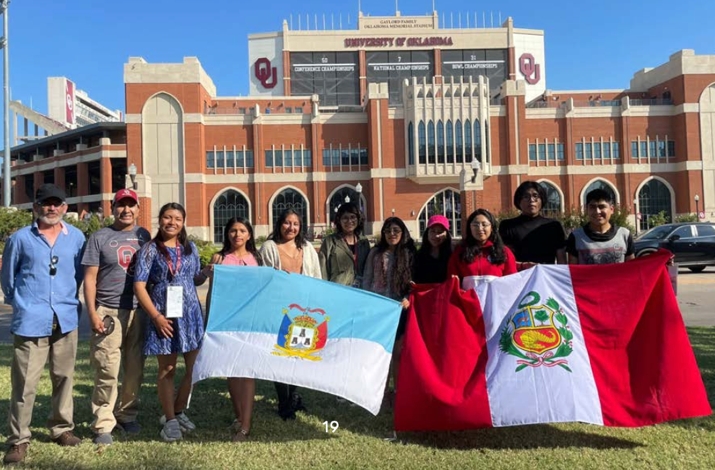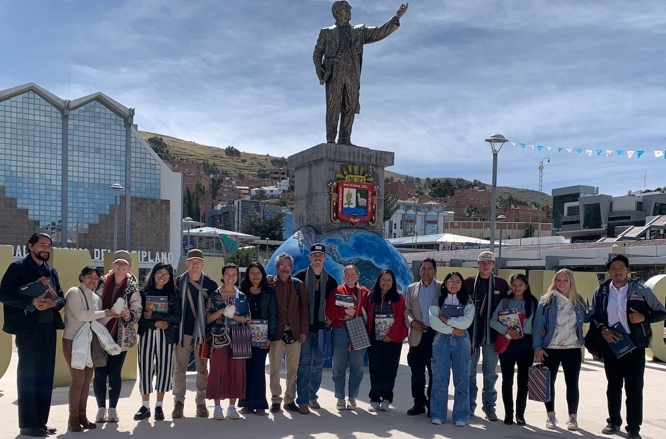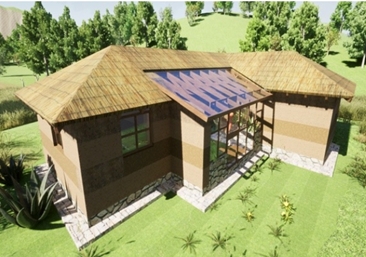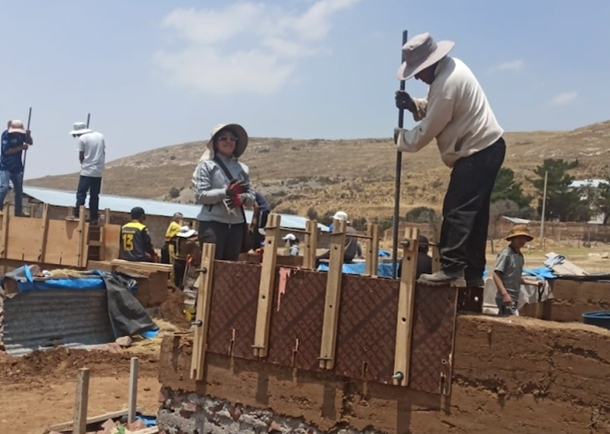

Residential buildings in the highlands of Peru, as in most of the South American Andes, lack a central heating system and are typically built with baked bricks or concrete block walls that lack thermal insulation properties. In these high- altitude regions, where temperature at night drops to 0°F between May and October. This construction approach translates to indoor temperatures in dwellings as low as 32°F. Low indoor temperatures are associated with cardiovascular problems, extreme discomfort, and respiratory infections. Indoor air contamination from poorly ventilated cooking smoke exacerbates health problems, especially among children and the elderly.
An international team of researchers from OU and the Universidad Nacional del Altiplano in Puno, Peru (UNAP) is addressing these interconnected challenges with a university-led, use-inspired research and teaching project. The project, “Knowledge and Cultural Exchange Through the Built Environment: Inti Wasi Sustainable and Affordable Cold Climate Housing,” is led by Professor Ben Bigelow (GCOA) and Victor Maqque with coPIs Rene Peralta (GCOA) and UNAP Professors Yony Chavez-Perea, Jorge Villegas, and Samuel Huaquis and funded by a grant from the 100,000 Strong in the Americas Innovation Fund.
The project began in the fall 2023 semester with a cohort of students from OU (in person) and UNAP (in-person and remote) participating in a graduate course focused on designing a sustainable, comfortable, and affordable model house for construction in Puno. In September, nine students and faculty from UNAP traveled to OU to work with their OU counterparts in collaborative research and design studio settings, participate in several related classes, and refine the model house design.
The final model house design incorporated a culturally- appropriate layout, locally accessible and affordable materials, and more efficient use of solar energy. With these innovations the model house, called Inti Wasi, which translates from the Quechua language as “House of the Sun,” is expected to maintain a room temperature of 70°F, significantly improving the indoor climate, resident comfort and health.

